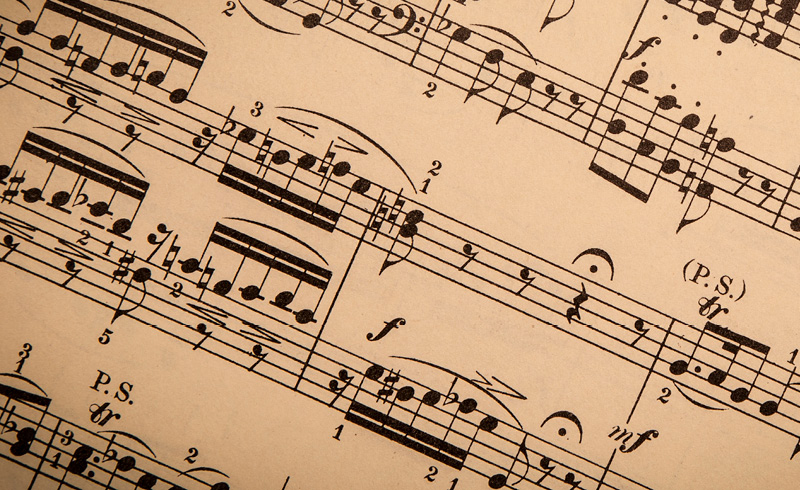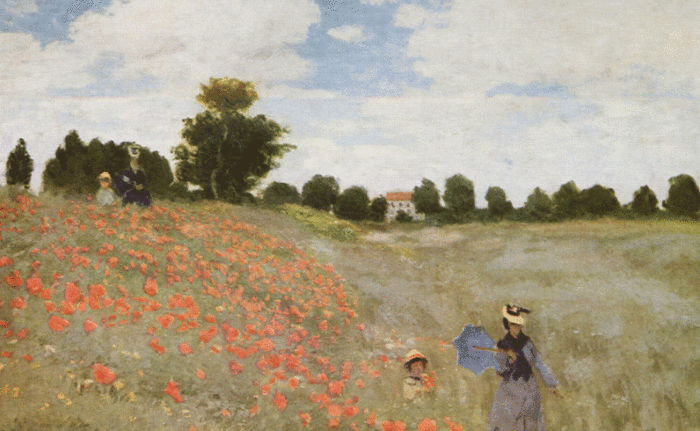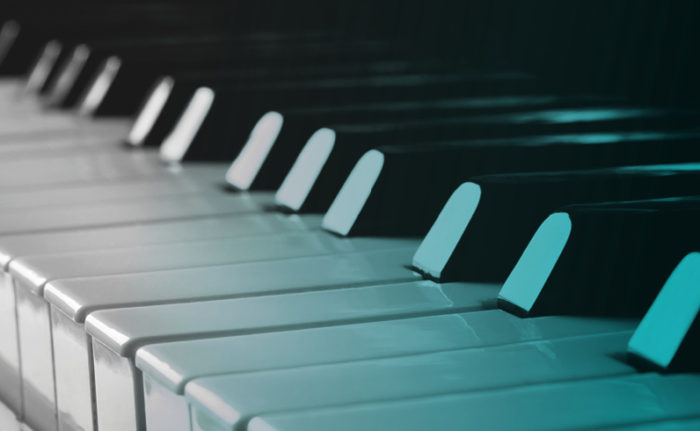Assistant Conductor Brett Mitchell took the time to share a little about one of the musical loves of his life, Wagner’s “The Ring Without Words,” ahead of next week’s concert! We knew of the comparisons to the Lord of the Ring, but Star Wars? Learn more about it by reading below.
It should come as no surprise that I’m even more excited than usual for the Houston Symphony’s upcoming performances of Richard Wagner’s “The Ring Without Words,” because I am a child of the late 1970s. Let me explain.
My introduction to Wagner’s great four-opera masterpiece, The Ring of the Nibelung, was probably the same as many in my generation: through Star Wars. This isn’t actually as far-fetched as it might sound, as there are a great number of parallels between Wagner’s masterpiece and George Lucas’. (In fact, there are whole websites devoted exclusively to comparing the two. See, for example, Kristian Evensen’s incredibly thorough exploration of structural, thematic, and musical connections between these operas and films).
The Ring, as it is affectionately known, is truly the greatest spectacle in all of opera; some believe that it is most impressive artistic accomplishment in all of classical music. Just the scale of the works is astonishing: the shortest of the four operas (Das Rheingold) lasts two and a half hours, while the longest (Götterdämmerung) lasts almost twice that long. The total duration of the four operas put together is an astonishing fifteen hours
(experienced over four nights, naturally). Lucas’s saga occupies a similar place in the pantheon of film achievement: His six Star Wars films clock in at a combined thirteen hours.
Even the time it took these create these two epics is similar: It took Wagner around twenty-six years (from 1848 to 1874) to compose the four operas of The Ring, while Lucas’s six-film saga spanned twenty-eight years (1977 to 2005). In other words, while both Wagner and Lucas created other well-known, much-loved works (think only of Tristan und Isolde and Indiana Jones), they spent the majority of their creative lives on one, epic project. Nothing similar has been attempted in either the world of opera or film, before or since.
Part of the reason both The Ring and Star Wars are so successful is because, while they both tell specific stories, they are archetypal tales; the stories are only vehicles for dealing with much broader, universal themes. Both are epic sagas that explore love, betrayal, greed, desire…and they both deal with their own fair share of paternity issues! (For those interested in delving a little deeper into these archetypes, I heartily recommend the late, great mythologist Joseph Campbell’s The Hero with a Thousand Faces).
Further inviting comparison between The Ring and Star Wars is that Lucas has always referred to these films as “space operas.” He even convinced his musical collaborator, the great John Williams, to compose a symphonic, sweeping score, which was quite out of fashion when the series’ first film was released in 1977. Not only did Williams write a full-blown, symphonic (i.e., Romantic, Wagnerian) score, he used a Wagnerian technique known as the leitmotif: a recurrent, instantly recognizable theme associated with a particular person, idea, or situation that occurs throughout a musical work. Wagner uses leitmotifs throughout The Ring to instantly identify (among others) Valhalla (home of the gods), Siegfried (his main hero), and the concept of the renunciation of love; Williams does the same with the Death Star, Luke Skywalker, the Force, and many more.
Perhaps the most famous leitmotif from The Ring is “The Ride of the Valkyries”; the most famous from Star Wars (other than the Main Title) is likely Darth Vader’s theme, the Imperial March. Both are so successful that they have long since escaped their original contexts and are found everywhere in our culture; even people who have never heard The Ring or seen Star Wars know these melodies.
This leads us back to the tremendous staying power of this phenomenal music that Wagner wrote for The Ring. Once I learned of the many connections between Wagner’s work and Star Wars (sometime in my late teens), I promptly bought scores and recordings of all four operas, and listened through them one by one over the course of about a month. As I got to know the operas better, I realized how many similarities there were between them and Star Wars, and fell in love with Wagner’s work just as quickly as I had with Lucas’s films and Williams’s music.
Even now, when I sit in a concert hall and listen to—or stand on the podium and conduct—music from Wagner’s Ring (which has become one of the great loves of my musical life), it’s hard not to think back to my first musical love affair: John Williams’s scores for the Star Wars films. I first fell in love with Star Wars, then fell just as deeply in love with The Ring. Having just conducted some of Star Wars here in July, I can’t wait to hear Hans and our spectacular orchestra take us all on an hour-long adventure through the exhilarating, passionate music of Wagner’s Ring.




